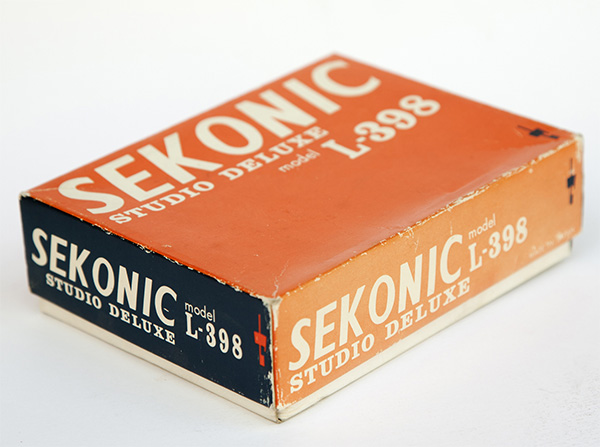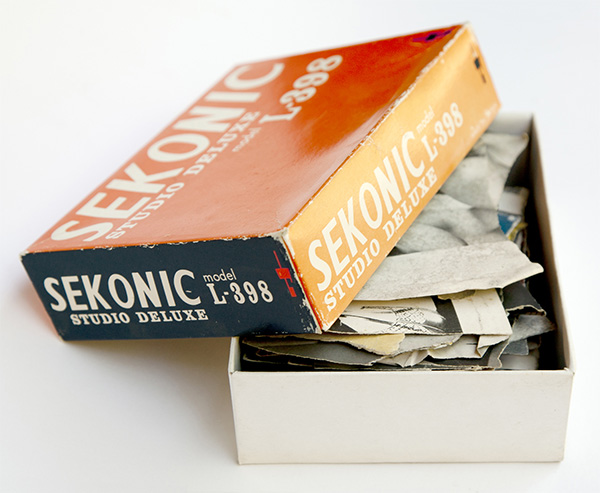Показ дописів із міткою outsider art. Показати всі дописи
Показ дописів із міткою outsider art. Показати всі дописи
середа, 30 березня 2016 р.
субота, 14 вересня 2013 р.
Kunizo Matsumoto
Kunizo Matsumoto is in charge of doing the dishes in his family’s restaurant in Osaka. Born in Osaka and graduating from Osaka Kyoiku University School of Children with Intellectual Disability, Matsumoto was a kabuki goer since childhood accompanied by his grandparents. His interest lies in entertainment with unique aesthetics such as kabuki, Rimpa, tea ceremony, Disneyland, and the Johnnies, and he devotes himself in collecting information on these topics. Although he never really learned to write, he has been collecting obsessively all kinds of printed leaflets : kabuki theater brochures, exhibition catalogues, guide books, etc. As he gazes at the characters in the collected printed material including catalogues, brochures and leaflets, then copies them repeatedly, the characters transform to increase their poetic power. Writing characters is a magical act that connects Matsumoto with the virtual world he loves. His bedroom is overflowing with the material but no one is allowed to touch it. Since 1985, he has been creating his own ideograms. Some of them are copies of selected passages from the kabuki theater. Once he has filled up a page, he sometimes continues writing in the air, as if he were dancing, performing thus some kind of imaginary choreography. Every evening, when all the members of his family are asleep, he writes into the restaurant calendar or the notebooks in his bedroom.
понеділок, 9 вересня 2013 р.
Cyprien Tokoudagba (1939-2012)
At an early age, self-taught artist from Benin, Cyprien Tokoudagba was sent to a Voudou temple to learn the skills of the priesthood. While he would eventually follow a different path in life (in addition to his work as an artist, he also worked as an art restorer at the Abomey Museum in Benin), the religious symbols and traditions of Voudou can be seen throughout his work. Tokoudagba has turned his art in service to the gods and kings of his native Abomey into a broader mission of preserving cultural heritage for younger generations. He was an initiate of vodun Tôhôssou, god of the water. He began his artwork by adorning the walls of vodun temples, and later restored the “bas-reliefs” of the royal palaces of Abomey. While he originally worked on decorating Voudou temples with deities, his inclusion in the 1989 Paris exhibition "Magiciens de la Terre" eventually led him to painting on canvas. In his own words, he states: “For me art is something that emerges from my inner self. Art is the representation of thoughts and knowledge. It is an elevated sphere, a castle for philosophers. An artist value is much too great to be explained. Art is inside my head.”
Dwight Mackintosh (1906-1999)
Following a brain injury after birth, Dwight Mackintosh was considered as “mentally retarded”. He was first committed at the age of sixteen and spent his almost whole life - next 56 years - in psychiatric centers. He was seventy-two years old when his doctors decided that a life outside of institution could have a beneficial effect on him. At the Creative Growth Art Center in Oakland Dwight Mackintosh found a welcoming place, encouraging the emergence of an important artistic production. Mackintosh’s images centered on the figure - initially he drew only boys. Over the years he gradually introduced new elements, including see-through (x-ray) vehicles, animals, and even a few women. Early model cars and high-buttoned boots of a previous era were images remembered from childhood. Unintelligible writing was often an element of Mackintosh’s drawings, but it was separate from the primary image like so many layers of unraveled yarn floating overhead. His sequences of connected letters moved from left to right as if they were continuous explanatory text, or perhaps one vast sentence or signature. No one, not even Dwight Mackintosh, could tell us what was written. A series of strokes in his later years changed the dynamic of Mackintosh’s images, and the sure, clear, steady line for which he had been known became a dense, echoing ripple. He died in 1999, leaving behind thousands of drawings and an extraordinary legacy. Now one of the most respected “outsider” artists, his work is in the Collection de l’Art Brut in Lausanne, Switzerland, and in many other public and private collections throughout the United States and Europe.
Gaston Savoy (1923-2004)
A native of Attalens, in the canton of Fribourg (Switzerland), Gaston Savoy grew up and lived on the family farm. When, by the age of nine, he was still not speaking, he was admitted to the Le Guintzet institution for the deaf and hard of hearing. There he followed classes adapted to his capacities and discovered a taste for drawing. As it turned out, Gaston Savoy was not deaf but hard of hearing, in conjunction with a slight mental handicap. At sixteen, he returned to the family farmstead where, as a teenager, he spent his time chopping wood for the household and carrying out sundry minor household chores. His family always saw him drawing on all kinds of supports: on cardboard, the backs of envelope, newspaper margins, pieces of wood... They did not keep most of his first drawings. Upon being admitted to the Charitable Hospice St. Joseph in Châtel St-Denis in 1988, at the age of sixty-five, he continued creating, going on to produce some two hundred pieces. For the most part, Gaston Savoy drew in series that repeat various animal motifs, such as cows or sheep: these are reinterpretations of the "poya" (cattle drive) motif. He also depicted ritual festivities like the "Bénichon" (a traditional canton of Fribourg festival in thanks for a bountiful harvest) or the Saint-Nicolas (the City of Fribourg's patron saint, honored the first Sunday of December).
Pierre Vuitton (1880-1962)
After being severely wounded, both physically and psychologically, in WW1, Vuitton abandoned his previous life as the child of wealthy merchants. After several stays in sanitariums and mental hospitals, he moved to Paris in 1920. An enjoyer of morphine and alcohol, he lived as a casual laborer in poverty despite the rare sale of his pictures. His first works were probably during the war years, later he developed "time-excesses" in which he reportedly spent several days painting without eating or sleeping. He made the acquaintance of several artists in the Parisian bohemian scene, including Dubuffet, Cocteau, Picasso, de Chirico, and Picabia. Increasingly, however, his deteriorating mental condition spoiled any binding relationship, so he spent most of his later life in mental hospitals or in nursing homes.
Ken Grimes
Grimes was born in New York City on July 16, 1947, a day that correlates—the artist is apt to point out—with other significant world events, including the first moon landing and the first atomic bomb detonated in Los Alamos, New Mexico in 1943. When he was still very young his family moved from Manhattan to Westchester County, and back to New York City again before settling, when Grimes was six years old, in Cheshire, Connecticut, where he still resides.
Grimes's grandfather, a semiprofessional magician and inventor, left a long-lasting impression on the young Grimes. The artist was first moved to deal creatively with the paranormal by an extraordinary circumstance. He discovered that while he was working at a public lottery in Cheshire, Connecticut, another Ken Grimes, sixty-two years old and living in Cheshire, England, won the largest soccer pool in history. This cosmic coincidence, as well as many others, has become part of what Ken refers to as the "Coincidence Board."
Since the Cheshire, England/Connecticut coincidence in 1971, Grimes's paintings have gone through a number of media and styles, but he has diligently maintained themes of alien intervention, space signals, synchronicities and government cover-ups. He paints only in black and white, which he maintains is the most direct way of showing the contrast between truth and deception. These bold graphics created with black paint on white canvas and Masonite have become more iconographs than pictures. Sometimes a written statement will take up most of the piece, as if to remind us of the painting's true purpose.
More info:
субота, 6 квітня 2013 р.
Emma Hauck
On February 7th of 1909, a 30-year-old mother of two by the name of Emma Hauck was admitted to the psychiatric hospital of the University of Heidelberg in Germany, having recently been diagnosed with dementia praecox. The outlook improved briefly and a month later she was discharged, only to be readmitted within weeks as her condition deteriorated further. Sadly, the downturn continued and in August of that year, with her illness deemed “terminal” and rehabilitation no longer an option, Emma was transferred to Wiesloch asylum, the facility in which she would pass away eleven years later. It was around this time that a heartbreaking collection of letters, some of which can be seen below, were discovered in the archives of the Heidelberg hospital; all written obsessively in Emma’s hand during her second stay at the clinic in 1909, at a time when reports indicate she was relentlessly speaking of her family. Each desperate letter is directed at her absent husband, Mark, and every page is thick with overlapping text. Some are so condensed as to be illegible; some read “Herzensschatzi komm” (“Sweetheart come”) over and over; others simply repeat the plea, “komm komm komm,” (“come come come”) thousands of times. None were sent.
неділя, 10 березня 2013 р.
середа, 27 лютого 2013 р.
понеділок, 4 лютого 2013 р.
середа, 30 січня 2013 р.
пʼятниця, 11 січня 2013 р.
неділя, 6 січня 2013 р.
неділя, 25 листопада 2012 р.
понеділок, 19 листопада 2012 р.
середа, 10 жовтня 2012 р.
Підписатися на:
Коментарі (Atom)






